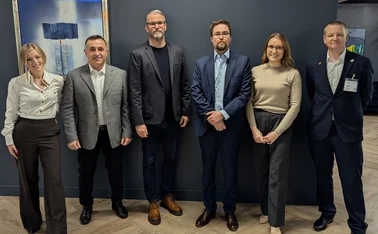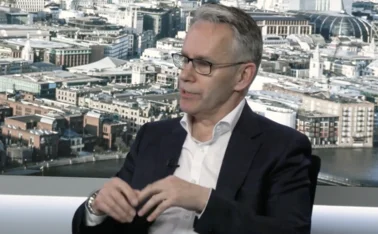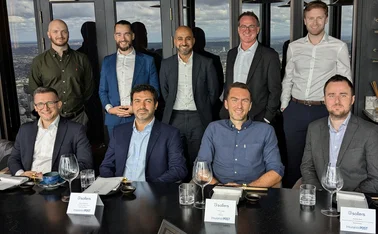
Q&A: Genasys co-CEO Andre Symes discusses the fundamental questions for insurance startups in an evolving technology ecosystem

With the changes to the technology ecosystem recently, the possibilities for insurance businesses have grown exponentially. Andre Symes, co-CEO at Genasys, talks about how start-ups are using new technologies to pivot their businesses at pace with the rapidly changing insurance landscape and why build or buy is no longer a binary issue.
Traditionally start-up insurance businesses used to have to decide whether to buy or build when it came to technology; are the options so binary today?The options are no longer binary, but sometimes
Only users who have a paid subscription or are part of a corporate subscription are able to print or copy content.
To access these options, along with all other subscription benefits, please contact info@postonline.co.uk or view our subscription options here: https://subscriptions.postonline.co.uk/subscribe
You are currently unable to print this content. Please contact info@postonline.co.uk to find out more.
You are currently unable to copy this content. Please contact info@postonline.co.uk to find out more.
Copyright Infopro Digital Limited. All rights reserved.
As outlined in our terms and conditions, https://www.infopro-digital.com/terms-and-conditions/subscriptions/ (point 2.4), printing is limited to a single copy.
If you would like to purchase additional rights please email info@postonline.co.uk
Copyright Infopro Digital Limited. All rights reserved.
You may share this content using our article tools. As outlined in our terms and conditions, https://www.infopro-digital.com/terms-and-conditions/subscriptions/ (clause 2.4), an Authorised User may only make one copy of the materials for their own personal use. You must also comply with the restrictions in clause 2.5.
If you would like to purchase additional rights please email info@postonline.co.uk








